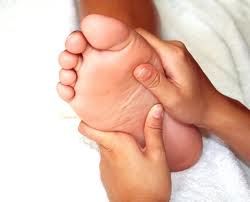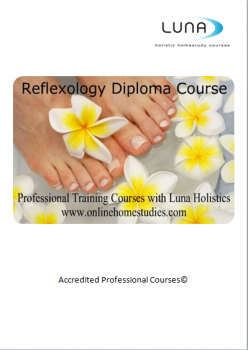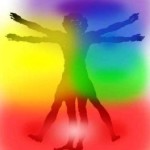What is Reflexology
Published on 5 March, 2013 | Holistic Therapy
Introduction and History of Reflexology
What is reflexology?
Reflexology is the art of applying gentle pressure to reflex areas on the feet or hands to bring about a state of deep relaxation and to stimulate the body’s own healing processes.
Reflexology is frequently explained as the scientific theory that maps out the reflexes on the feet and hands to all the organs and the rest of the body. In other words, certain spots on the feet and hands have an energy connection to other parts of the body. By applying gentle pressure and massage-like techniques to specific reflex points on the feet and hands you will positively affect other body parts.
It is a natural therapy that can also promote the manufacture of more vital energy, help boost the immune system and create a stronger body and calmer mind.
Reflexology is a safe, natural therapy that helps to give your body what it needs – that might be conceiving or carrying a baby to full term, a reduction in the symptoms of irritable bowel syndrome, assistance in losing weight or in feeling younger and looking healthier.
However, reflexology is more than just the study of reflex points. Locating the places on the feet that relate to different areas of the body is great, but the true beauty of reflexology is how good it makes you feel.
Reflexology is all about bringing balance, harmony and a sense of well being to the body. At times, we find ourselves feeling ‘out of sorts or ungrounded’, and our body needs equilibrium in order to keep working healthily
Even a very light reflexology treatment can help create this sense of balance. Reflexology is not a therapy used to diagnose illness; it is not a medical treatment it is a complementary treatment.
It does not cure – only the body can do that. Instead it facilitates healing within the body. It is virtually impossible to determine how long it will take an individual to feel and enjoy the benefits of reflexology. Everything starts with one small step, but it is the commitment to reflexology that can drive forward a positive outcome.
The theory of reflexology
The theory underlying reflexology is that the organs, nerves, glands and other parts of the body are all connected to corresponding reflex areas or reflex points on the feet and hands. These areas are found on the soles of the feet and palms of the hands, as well as on the top and sides of the feet and hands.
By stimulating these areas using a compression technique and a form of massage with your thumbs, fingers and hands, you can create a direct response in a related body area.
For example, by working on the head reflex (which is found on the big toe), you can trigger the body’s own healing processes to help relieve headaches.
The right foot and hand correspond to the right side of the body, while the left foot and hand correspond to the left side; and according to ‘zone therapy, which we will deal with later, there are ten different zones in the body.
The feet are most commonly worked on in reflexology, because reflexologist feel they are on the whole more responsive to treatment than the hands, since they contain a larger treatment area and so the reflex points are easier to identify; and, because the feet are usually protected by shoes and socks, they are more sensitive to treatment.
However, the hands can be used for treatments just as effectively and are great to work on, especially when giving yourself a reflexology treatment. The ears are also sometimes used to give a reflexology treatment., however, they will not be covered in this course.
Since the body works as a whole unit, reflex points can actually be found in many places in the body. The body is totally connected; you cannot isolate any one part of the body entirely without it ceasing to function.
The holistic practitioner understands this “whole” concept and uses this knowledge to create natural therapies that apply to the whole body. There are several practices that map out reflex areas. However this course will concentrate on the feet and to a lesser extent the hands.
To help demonstrate how every part of our body is linked we can compare our body to the globe we live on. The globe is one whole organism just as our body is one whole organism.
We affect the earth by the actions we take on the earth just as we can affect our mind by having our feet worked on. However, just as the earth requires a map to help us define where we are going, you will need a map of the reflex points of the feet and hands to understand and stimulate the areas you want to work on. Later in this course we will take a look at maps of the feet, hands and ears.
During this course you will discover how reflexology and a holistic approach to health can help you achieve and fulfil both emotional and physical goals and well being.




